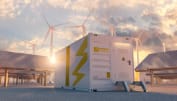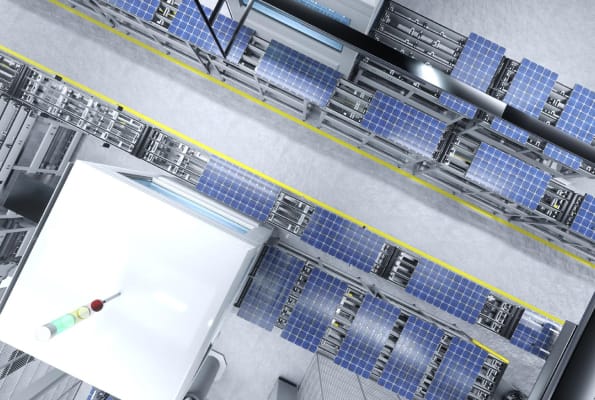Challenges and Opportunities in Scaling...
Read more
As the world increasingly turns to renewable energy sources like solar power to combat climate change and reduce reliance on fossil fuels, the integration of solar energy into existing power grids presents both opportunities and challenges. While solar energy offers numerous environmental and economic benefits, its intermittent nature and decentralized generation pose unique challenges for grid operators. Addressing these challenges is crucial for ensuring seamless power distribution and maximizing the potential of solar energy.

One of the primary challenges in solar energy grid integration is managing the variability and unpredictability of solar power generation. Unlike conventional power plants, which can adjust their output to meet fluctuations in demand, solar energy production is dependent on weather conditions such as sunlight intensity and cloud cover. As a result, grid operators must carefully balance supply and demand in real-time to maintain grid stability and reliability.
To address this challenge, grid operators are implementing advanced forecasting and monitoring technologies to predict solar power output more accurately. By integrating weather data, satellite imagery, and machine learning algorithms, these forecasting systems can anticipate changes in solar generation and adjust grid operations accordingly. Additionally, grid operators are deploying energy storage systems, such as batteries and pumped hydro storage, to store excess solar energy during periods of high generation and release it when needed, helping to smooth out fluctuations in solar power output and enhance grid flexibility.
Another challenge in solar energy grid integration is ensuring grid resilience and reliability in the face of increased penetration of solar energy. As more solar installations come online, grid operators must upgrade and modernize existing infrastructure to accommodate higher levels of solar generation and maintain grid stability. This may involve upgrading transmission and distribution networks, installing smart grid technologies, and implementing demand-side management strategies to optimize energy use and reduce peak demand.
Furthermore, regulatory and policy frameworks play a crucial role in facilitating solar energy grid integration. Governments and regulatory authorities can support the deployment of solar energy by implementing policies that incentivize investment in solar infrastructure, streamline permitting processes, and establish fair market rules for solar energy producers. Additionally, policymakers can promote grid modernization and interconnection standards to facilitate the seamless integration of solar energy into existing power grids.
In conclusion, addressing the challenges of solar energy grid integration is essential for unlocking the full potential of solar power and achieving a sustainable energy future. By leveraging advanced technologies, upgrading grid infrastructure, and implementing supportive policies, we can overcome these challenges and create a more resilient, reliable, and efficient energy system powered by the sun.